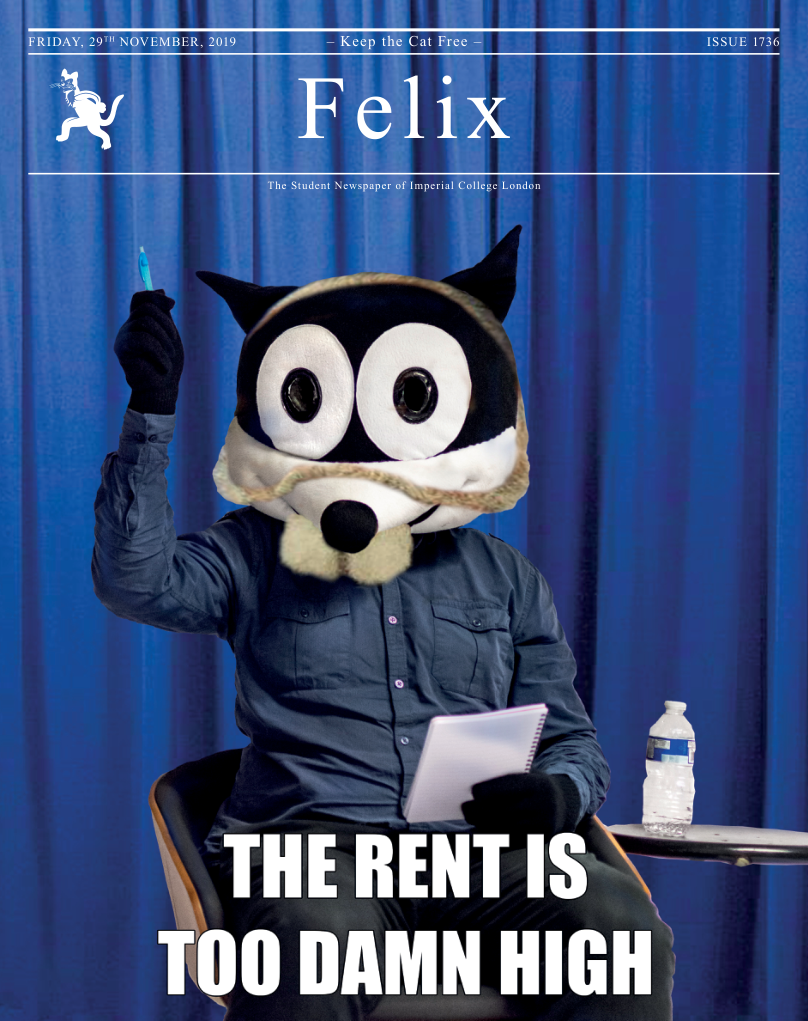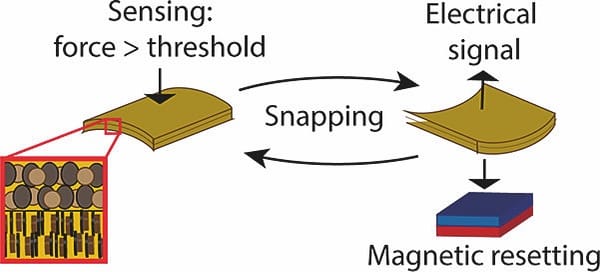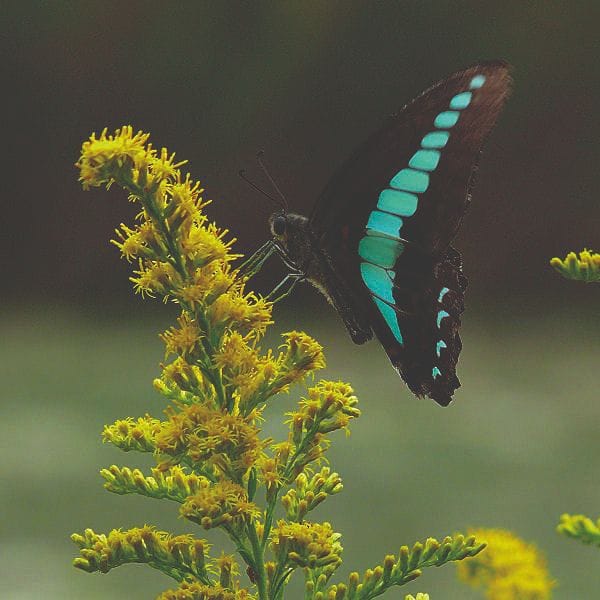The Power of Bugs in Today’s Climate Crisis
We all know the climate crisis is not one to be ignored for many reasons: increased natural disasters, extinction of wild animals, rising sea levels, food shortages and many more – but microorganisms may be the one to watch

From daily news features to public transport disruptions and political manifestos, climate change and all its consequences have finally become impossible to ignore. As temperatures rise, our relationship with nature will have to begrudgingly adjust. This adjustment will certainly involve the weathering of unprecedented natural disasters – droughts, wildfires, pollution, food shortages and sinking cities. But, just as importantly, our interaction with other living organisms will also undergo a substantial transformation.
We all hear the same stories about wild animals on the verge of extinction, declining numbers of bees, forests being demolished to accommodate capitalist greed and crop failure. Less widely known is what happens to bugs (or rather microorganisms) in a climate crisis – so what goes on?
Humans and microbes have co-evolved over hundreds of thousands of years of a relatively steady climate state. There are bacteria and viruses, such as the gut microbiome, that we happily co-exist with; and there are microorganisms that wreak havoc on our bodies and immune system, causing dangerous disease and sometimes death. Our relationship with the latter type of microorganisms is often described as an arms race, with humans occasionally gaining the upper hand over a virus or a bacterium with the serendipitous discovery of a new drug or vaccine. However, with antibiotic resistance on the rise, and the compounded effects of climate change, it looks like we may be ceding our advantage. With global warming comes change; both old and new microorganisms can re-surface, re-locate or even re-evolve into more dangerous forms.
Melting ice caps and permafrost soil, apart from releasing greenhouse gases into the atmosphere and steadily raising the sea levels, also represent frozen layers of infectious history. Preserved in the Arctic ice are a multitude of unique microbes that we have never been exposed to; not only as a generation, but as an entire species. During the 2016 summer heatwave, thawing permafrost in the Arctic Circle uncovered the carcass of a reindeer that had died from an anthrax infection over 75 years ago. The anthrax from the corpse spread into the nearby water and oil, infecting more than 2000 reindeer and even killing a 12-year-old boy. Scientists have also discovered remnants of the 1918 Spanish flu virus (which, in its duration, claimed more lives than World War I) in a mass grave in Alaska. Moreover, it is suspected that smallpox and bubonic plague are buried in Siberia, raising the frightening possibility that these 18th and 19th century diseases, once thought to be extinct, can re-surface and re-infect the human species.
In a stable climate, the endemic zones of certain microorganism-spread diseases are geographically well demarcated. Vector-borne viruses, such as dengue, yellow fever and zika, are restricted to tropical areas where their mosquito carriers thrive - but as temperatures rise and the tropics expand, these can rapidly conquer new territories. Indeed, yellow fever, originally restricted to the Amazon basin, has now spread through the rainforest and reached Brazil’s two largest cities, São Paulo and Rio de Janeiro, with a 34% case-fatality rate. Mosquitoes spreading zika and dengue are also on the move, with current models forecasting that by 2050 nearly half of the world’s population will be at risk of one of these two perilous infections.
Current research is already focused on investigating microorganisms that may resurface using DNA analysis to evaluate their infectious capabilities and antibiotic susceptibilities. Vaccines against mosquito-borne diseases are in the pipeline, with new promising candidates emerging every year. In this arms race, we appear to be one step ahead. But we cannot forget about our bodies, which also contain trillions of microorganisms – on our skin, in the mouth, lungs and the gut, all of which are crucial to our health. At the present moment, we have evolved a mutually beneficial relationship with these, forming a symbiotic microbiome.
But as the climate changes, this relationship can reinvent itself in unpredictable ways.
In 2015, nearly two-thirds of the global population of the saiga antelope died within just a couple of days, over a large region in central Kazakhstan. The cause of this mass extinction event was revealed to be a bacterial infection - the bacteria Pasteurella multocida typically lives in the saiga’s tonsils without causing any harm, but the unprecedented humidity levels and elevated summer temperatures led to the bacteria’s rapid proliferation and its invasion of the bloodstream and vital organs, killing the antelopes. As Ed Yong wrote in The Atlantic: “Climate is the trigger. Pasteurella is the bullet.”
As the planet is slowly warming up, we are leaving behind the environment that supported our evolution and survival; the environment that has maintained the precarious status quo between us and microbes. With rising temperatures come new evolutionary pressures, and microorganisms are notoriously better at adapting than us.
So who will win?









